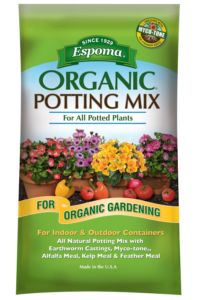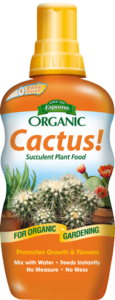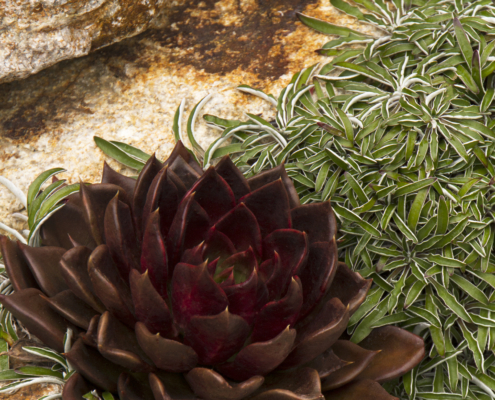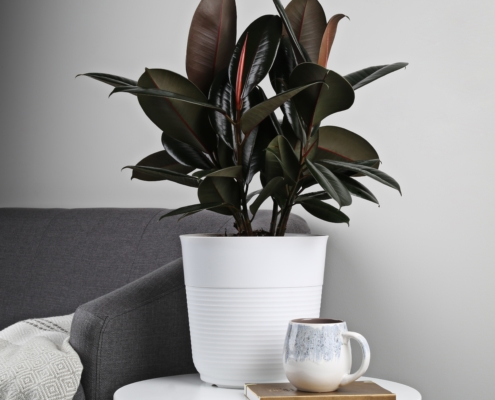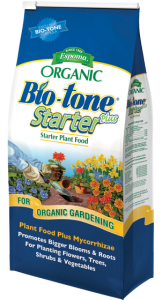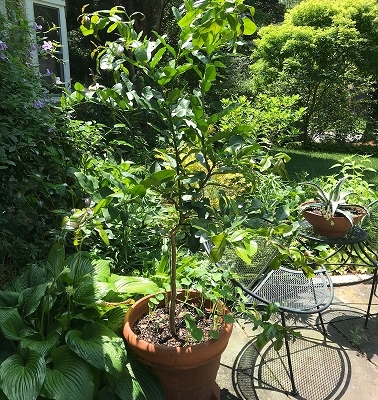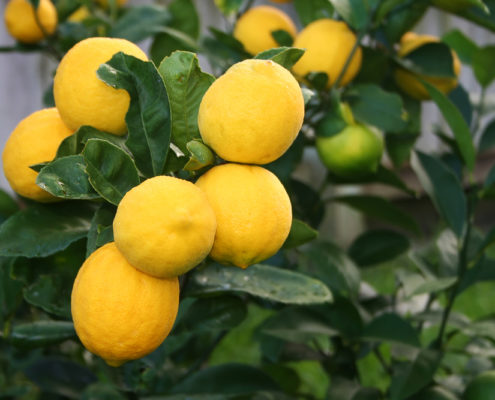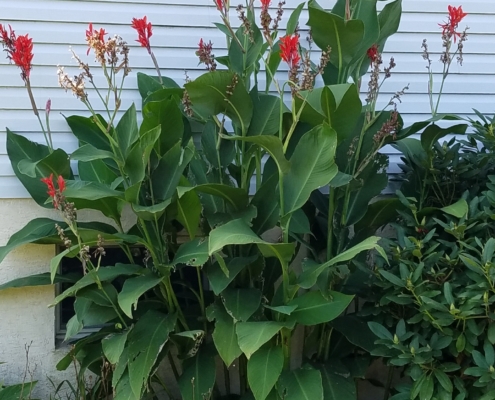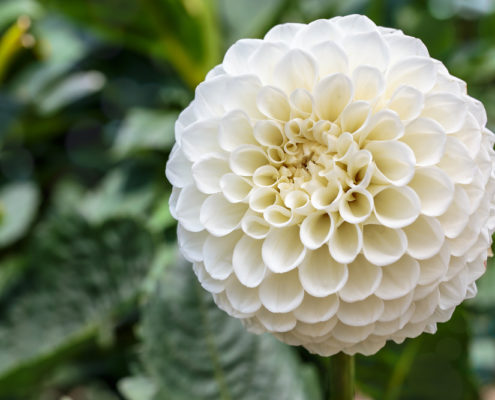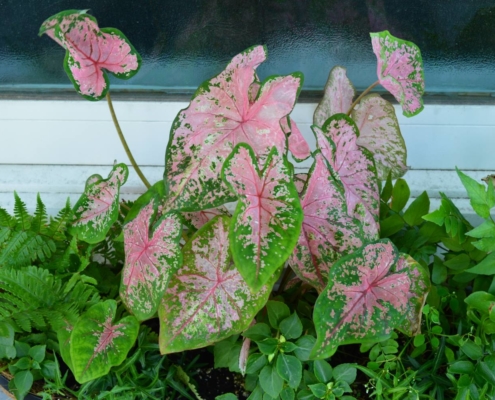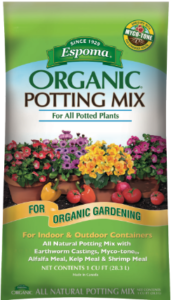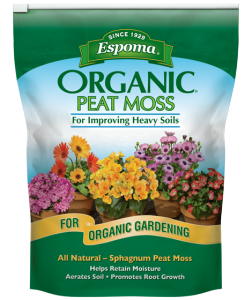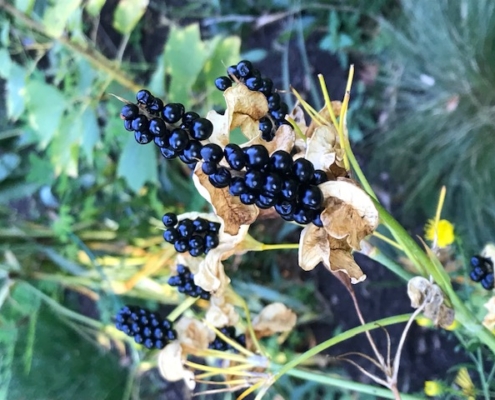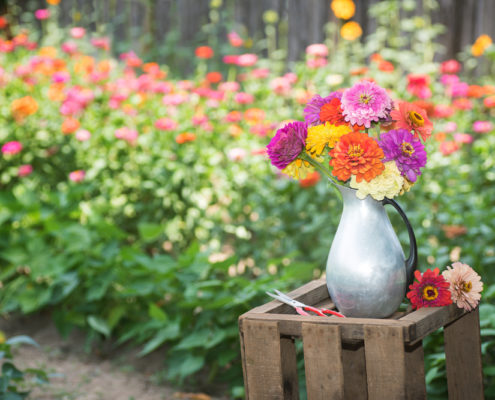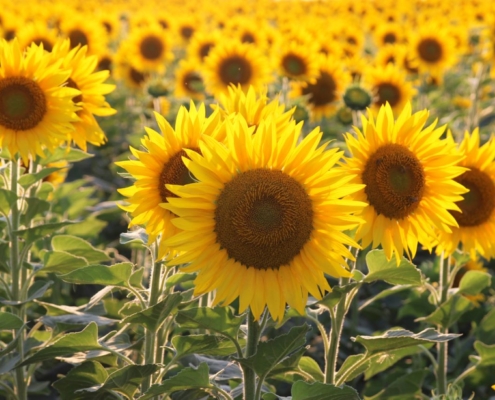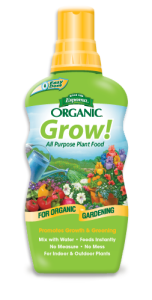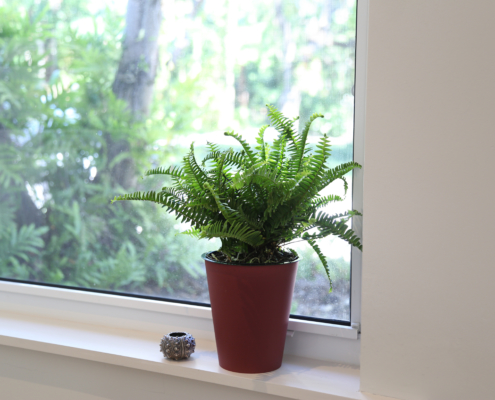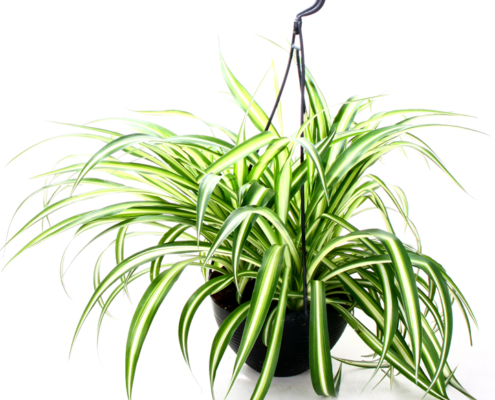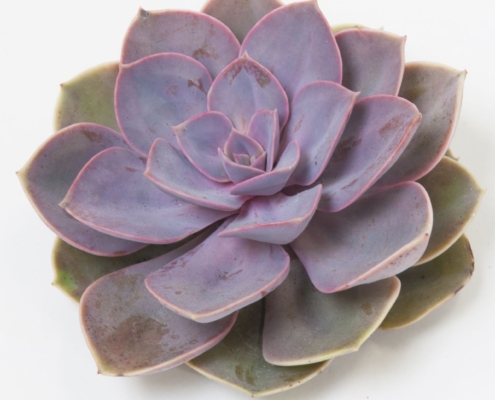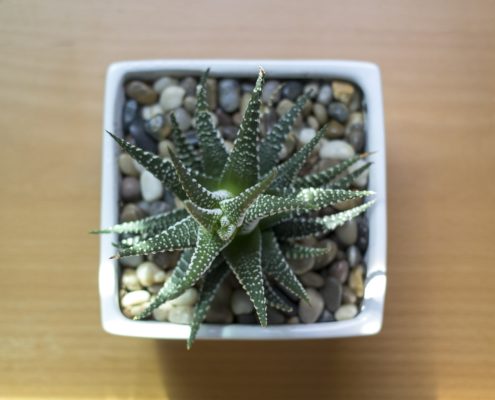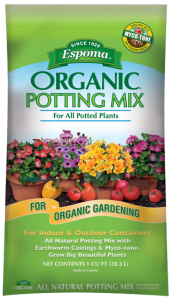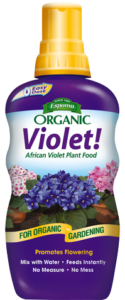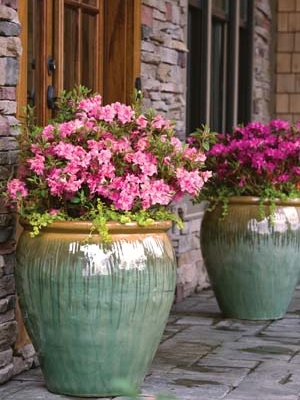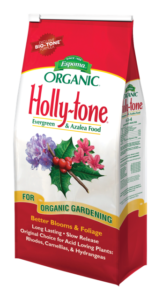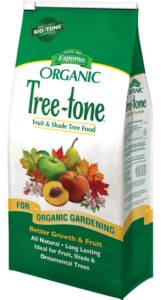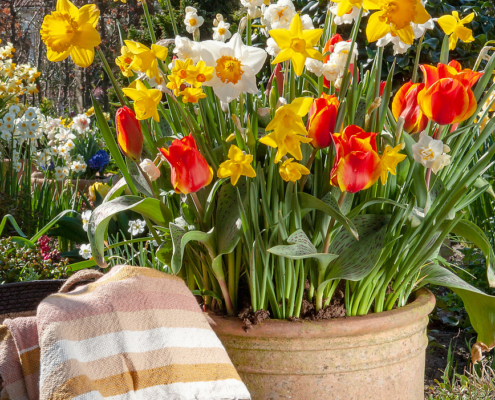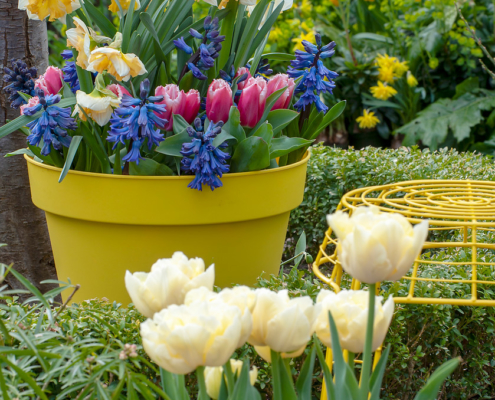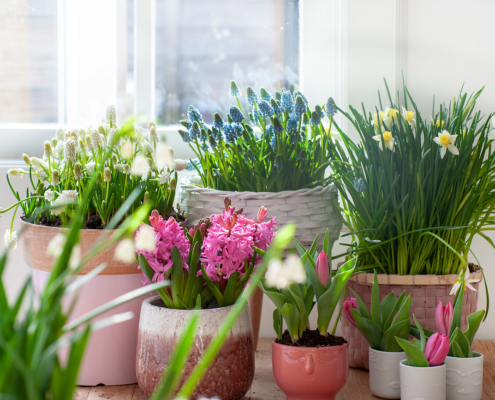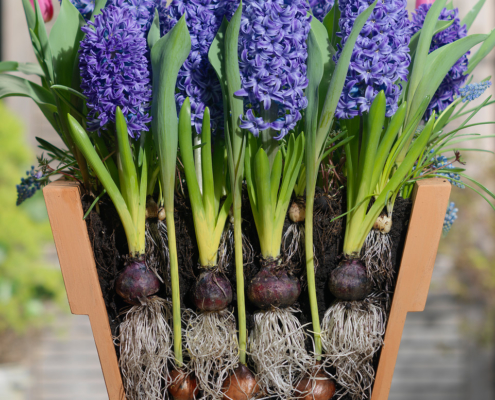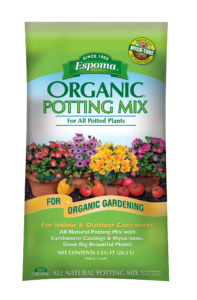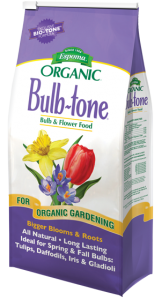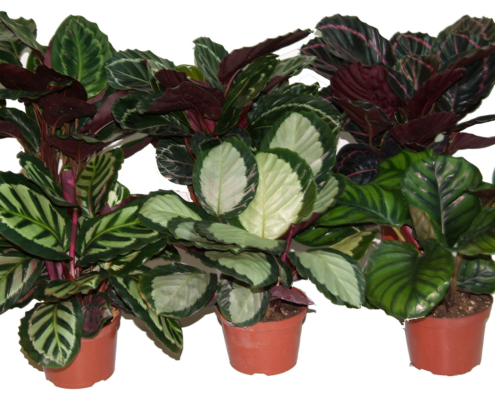Gothic Gardening – The Darkest Plants
These black beauties are some of the most sought after houseplants available today. While they’re certainly fitting for autumn décor, they’re stunning year-round additions to your collection. Use them to create dramatic accents in any room, alone or in combination with other favorite houseplants. They all prefer bright, indirect light. They tend to lose their deep coloring in low light locations. Keep them looking their best by feeding them every two to four weeks with an organic houseplant food like Espoma’s Indoor! fertilizer.
Each of the plants on this list requires good drainage. Make sure containers have a drainage hole and consider setting them on a saucer of pebbles to catch any run-off water. The potting soil is also important. A 50/50 mix of Espoma’s Potting Soil Mix and Espoma’s Cactus Mix would be ideal. The potting mix will help hold nutrients while the cactus mix will ensure good drainage.
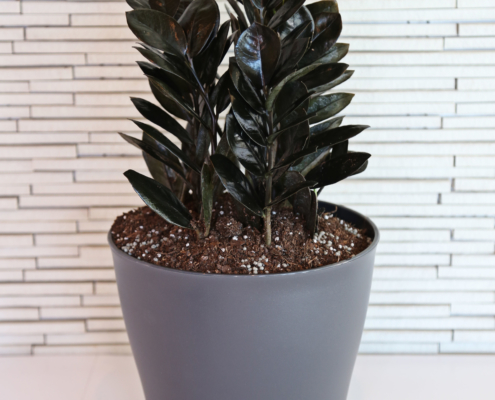
Raven ZZ
Raven ZZ is the “Top Model” of the house plant world. Everyone from plant parents to interior designers are scrambling to get their hands on one of these. It’s shiny, nearly black foliage and strong, upright form gives it a bold visual presence, perfect for modern and contemporary homes. As if that wasn’t enough to recommend this plant, it will grow in almost any place in bright or low light. The key to keeping Raven healthy is not to overwater it. They grow from one to three feet tall.
‘Black Prince’ Echeveria
It’s no secret that succulents are all the rage and this deep purple, nearly black variety is king. The dramatic foliage is accented by salmon to red-colored flowers in the fall and early winter. This plant shines in succulent arrangements, providing a spectacular color contrast. ‘Black Prince’ grows best in bright light. The foliage color will fade in low light. Water sparingly and use a container with good drainage.
Burgundy Rubber Tree
Green rubber tree plants are beautiful, easy to grow houseplants. Burgundy rubber plants however, steal the show every time. The new foliage emerges blood-red in stunning contrast to the deep burgundy leaves. Give this beauty a spot in bright, but not direct sun. Designers often use them to accentuate corners as they grow quite tall but not necessarily very wide. They will tolerate low light but the color will be less intense. Make sure the container you choose has good drainage.
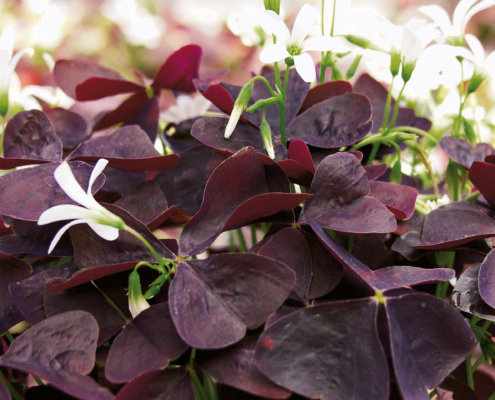
Charmed® Wine Shamrock
This lucky plant is growing in popularity as an indoor foliage plant. The bright purple foliage adds bright pops of color to any room. In the evening the leaves fold down but lift back up in the morning light. The small pink flowers are delicate and attractive. A sunny window with bright, but not direct, light is best and good drainage is a must.
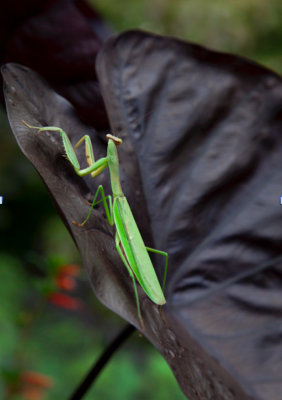
‘Black Velvet’ Elephant Ear
This is a must-have for any houseplant collector. Many people are familiar with giant elephant ears that grow outdoors. ‘Black Velvet’ is a dwarf variety, with nearly black foliage accented with silvery-white veins, a truly striking combination. This tropical loves warm, moist places like kitchens and bathrooms. It prefers bright, but not direct, sun and well-drained soil.
Ready for more? Learn How to Fertilize Houseplants with Homestead Brooklyn
Espoma Products Indoor!, Potting Soil Mix, Cactus Mix
